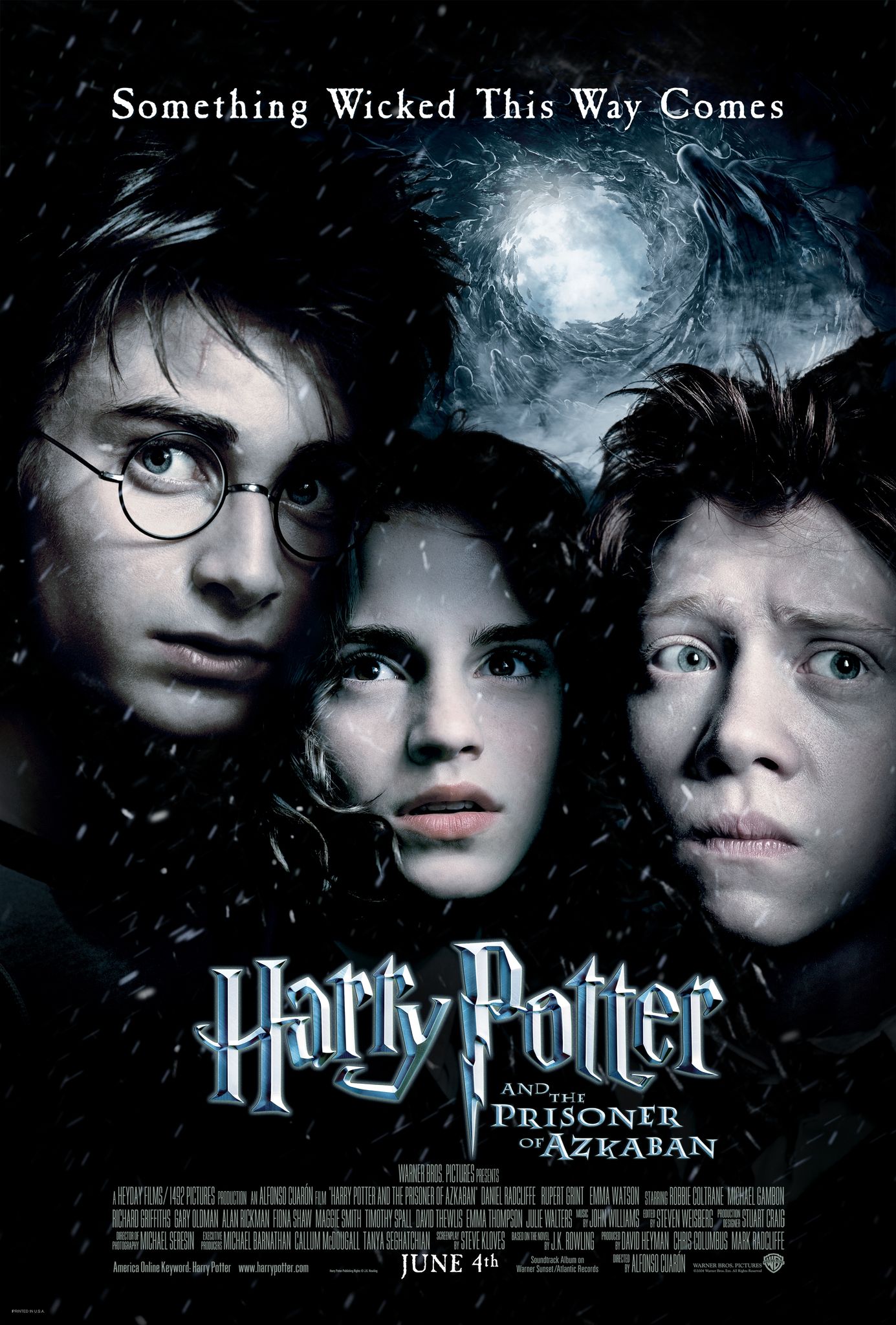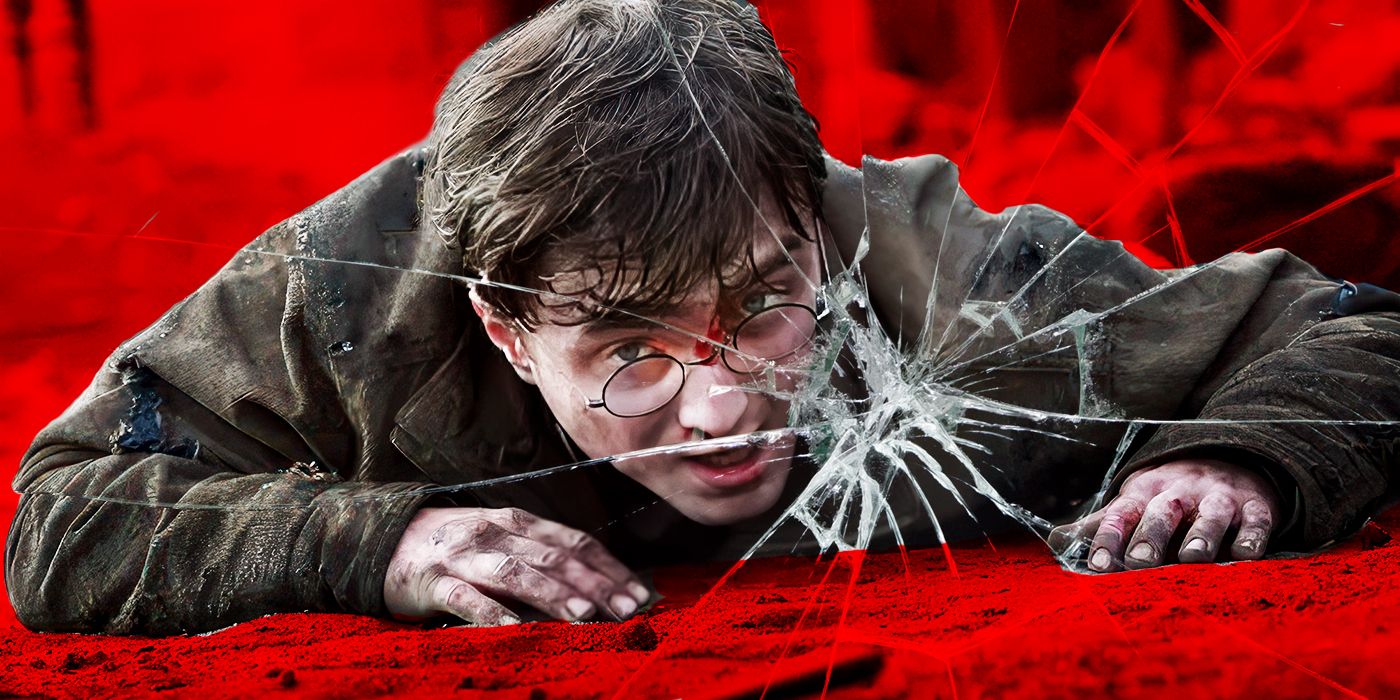The Big Picture
- Alfonso Cuarón’s directing of
Harry Potter and the Prisoner of Azkaban
added a darker edge and more mature elements to the film, showcasing the growth of the main characters. - The scene where Harry rides Buckbeak is transformed into a magical experience in the movie, with Cuarón expanding on the brief description from the book.
- John Williams’ soundtrack for
Harry Potter and the Prisoner of Azkaban
elevated the film, creating richer, more dramatic, and enchanting music that perfectly captured the magical spirit of the book.
The first two Harry Potter films — Harry Potter and the Sorcerer’s Stone and Harry Potter and the Chamber of Secrets — were directed by Christoper Columbus, who created the foundation of the Harry Potter series and rendered the first two films in childlike wonder and inspiration. But when Alfonso Cuarón took the reins to direct the third movie in the series — Harry Potter and the Prisoner of Azkaban — he contoured the film with a darker edge, painting the scenes with a gray/blue lens and adding more mature elements to the film. These techniques were used to illustrate the growth of the three main heroes: Harry Potter (Daniel Radcliffe), Ron Weasley (Rupert Grint), and Hermione Granger (Emma Watson).
One of the reasons why Cuarón agreed to direct Harry Potter and the Prisoner of Azkaban was because, according to Cuarón himself, he was interested in depicting Harry’s transition from childhood to adolescence. Strictly from a stylistic and cinematic point of view, Harry Potter and the Prisoner of Azkaban is arguably the best Harry Potter movie, and that is a testament to Cuarón’s directing talents. Although the film’s plot makes slightly less sense to those who have not read the Harry Potter and the Prisoner of Azkaban book, Cuarón actually enhanced and romanticized certain scenes that were otherwise described pretty dully by J.K. Rowling in the book.

Harry Potter and the Prisoner of Azkaban
Harry Potter, Ron and Hermione return to Hogwarts School of Witchcraft and Wizardry for their third year of study, where they delve into the mystery surrounding an escaped prisoner who poses a dangerous threat to the young wizard.
- Release Date
- May 31, 2004
- Director
- Alfonso Cuarón
Harry Flying Buckbeak Is Better in the ‘Harry Potter and the Prisoner of Azkaban’ Movie
Cuarón decided to take one passage from Chapter 6 in the Harry Potter and the Prisoner of Azkaban book and turn the scene into one of the most memorable in the Harry Potter film series. It is the scene when Harry first rides Buckbeak the hippogriff. In the book, Harry’s ride on Buckbeak is summed up in a few sentences that describe how unpleasant and uncomfortable the whole experience is for Harry:
«It was nothing like a broomstick, and Harry knew which one he preferred; the Hippogriff’s wings were beating uncomfortably on either side of him. Instead of the smooth action of his Nimbus Two Thousand, he now felt himself rocking backwards and forwards as the hindquarters of the Hippogriff rose and fell with his wings. Buckbeak flew him once around the paddock and then headed back to the ground; this was the bit Harry had been dreading; he lent back as the smooth neck lowered, feeling he was going to slip over the beak.»
The entire scene is described within less than a page. Cuarón, however, had other ideas. In the film, Harry is reluctant to ride Buckbeak, but once Hagrid (Robbie Coltrane) lifts him up, props him on Buckbeak’s back, and Buckbeak gallops quickly before taking flight, the scene becomes purely magical. Buckbeak and Harry soar into the air, and they venture a lot further than one measly lap around a paddock. Instead, they fly all over the Hogwarts grounds, over the trees of the Forbidden Forest, around the castle’s high turrets, and down along the sparkly surface of the Black Lake. Harry isn’t rocking backwards and forwards on Buckbeak, he isn’t hanging on for dear life — rather, his face breaks out in a smile, and he has a slight Titanic moment when he spreads his arms and welcomes the rush and thrill of riding on such a majestic creature. Buckbeak is enjoying the freedom of the ride just as much as Harry — flying through the open air, dragging his massive claw along the Black Lake’s water, and relishing in the vastness of the Scottish Highland landscape.

This ‘Harry Potter’ Set Accident Is More Terrifying Than Lord Voldemort Himself
Movie making can be a dangerous business.
The ‘Harry Potter and the Prisoner Of Azkaban’ Soundtrack Is One of John Williams’ Best
Of course, there is one other element to this scene that solidifies its beauty, and without it the scene would be nowhere near as exhilarating and significant: John Williams, one of the greatest film composers of all time. Williams wrote the music for the first three Harry Potter films, and although «Hedwig’s Theme» is one of the most recognizable pieces of music in history, Williams really took his genius up a notch when crafting the score for Harry Potter and the Prisoner of Azkaban.There isn’t a John Williams score that isn’t monumental, but there are some scores of his that really have you asking how on Earth he came up with it. Williams shifted from the playful and childlike melodies from the first two Harry Potter films and created richer, more dramatic, eccentric and experimental pieces for the third film, while still implementing those mystical and enchanting sounds that ultimately add the magic to Harry Potter. Cuarón and Williams were certainly on the same creative page toward orchestrating Harry’s transition into adolescence, and they successfully translated the magical spirit of the book to the screen. Cuarón’s depiction of spooky, dark academic aestheticism, complemented by Williams’ soundtrack that ranges from chaotic to fun to thrilling to tragic to moving, is what makes Harry Potter and the Prisoner of Azkaban so distinctive.
“Buckbeak’s Flight” is what Williams named the score that plays when Harry rides Buckbeak, and it is a fitting name, because the music sounds light, flighty, elevated, and dazzling, and the piece gradually gains momentum as Harry and Buckbeak soar higher into the sky. “Buckbeak’s Flight” symbolizes Harry’s freedom and happiness he feels being at Hogwarts. What began as a less than a page description of an unpleasant and short hippogriff ride around a paddock, somehow became one of the greatest scenes in Harry Potter. It is rare for movie adaptations to triumph over their book originals, but although there are moments during the Harry Potter films that don’t do justice to the books, there are many scenes that achieve a sense of magic that words can’t always manage. The genius of John Williams coupled with Cuarón’s visionary talents saw the movie Harry have a lot more fun than book Harry ever did on Buckbeak’s back.
All 8 Harry Potter films, including Harry Potter and the Prisoner of Azkaban, are available for streaming on Max in the U.S.
Watch on Max






